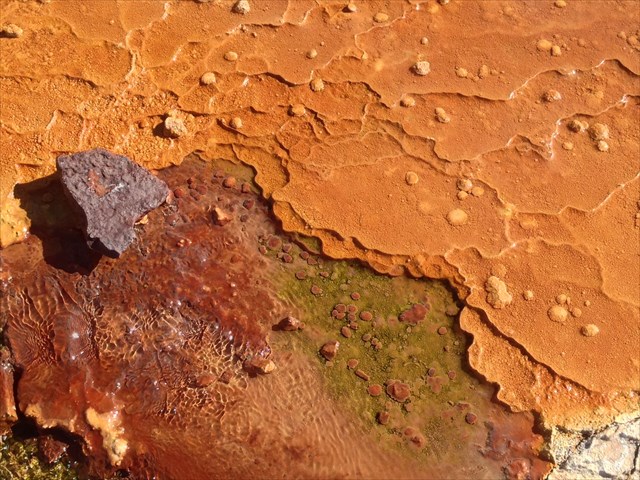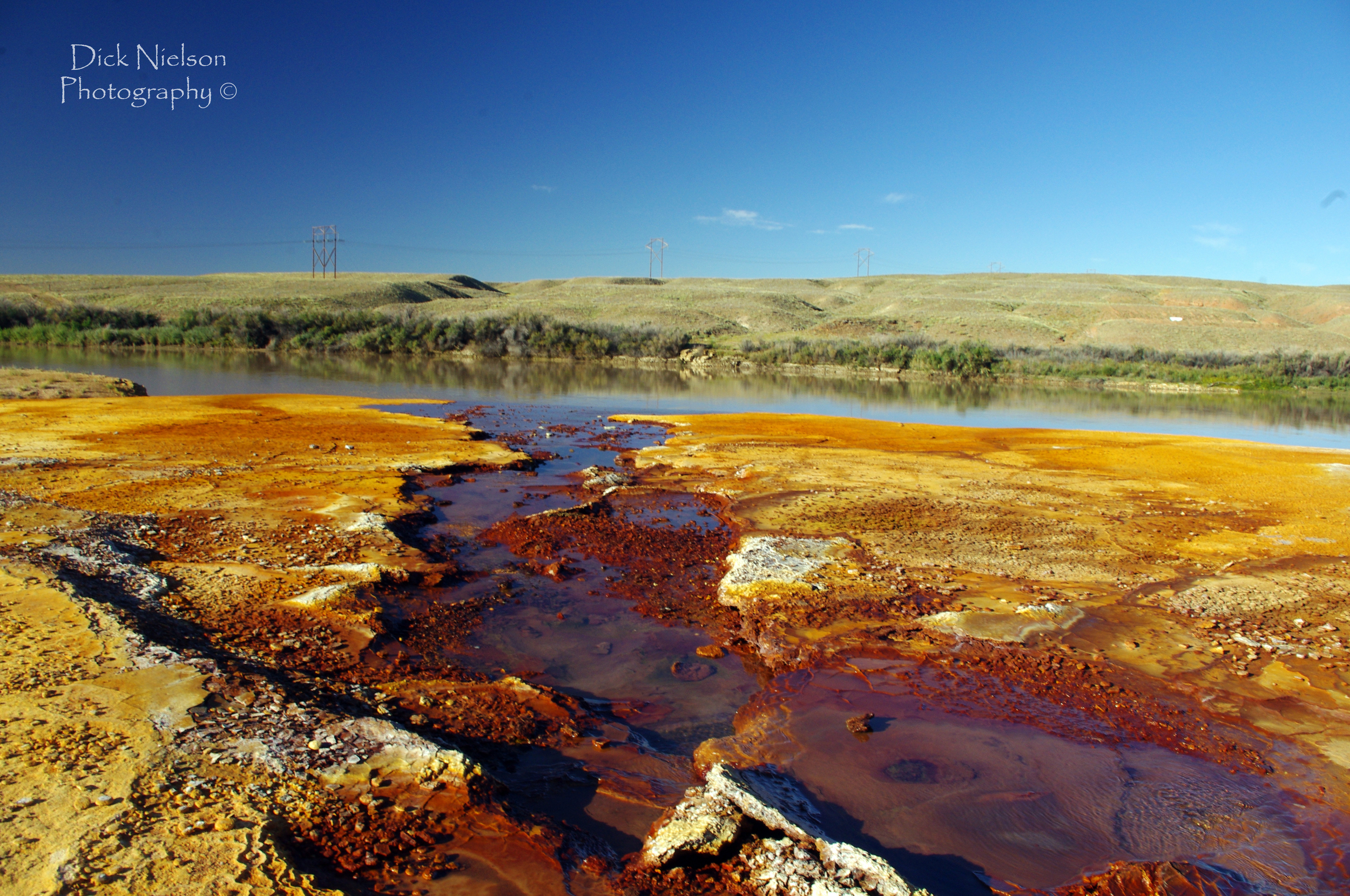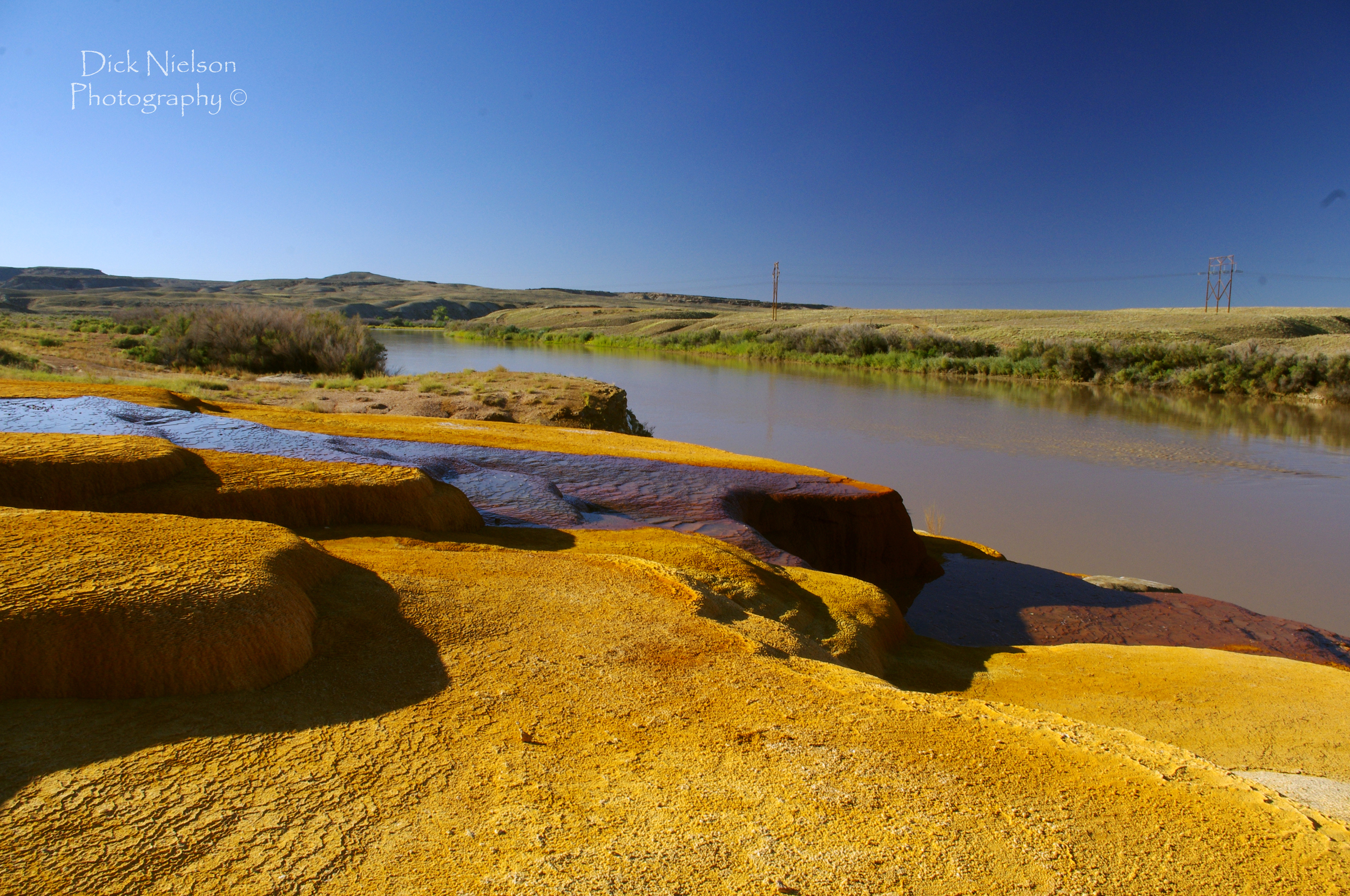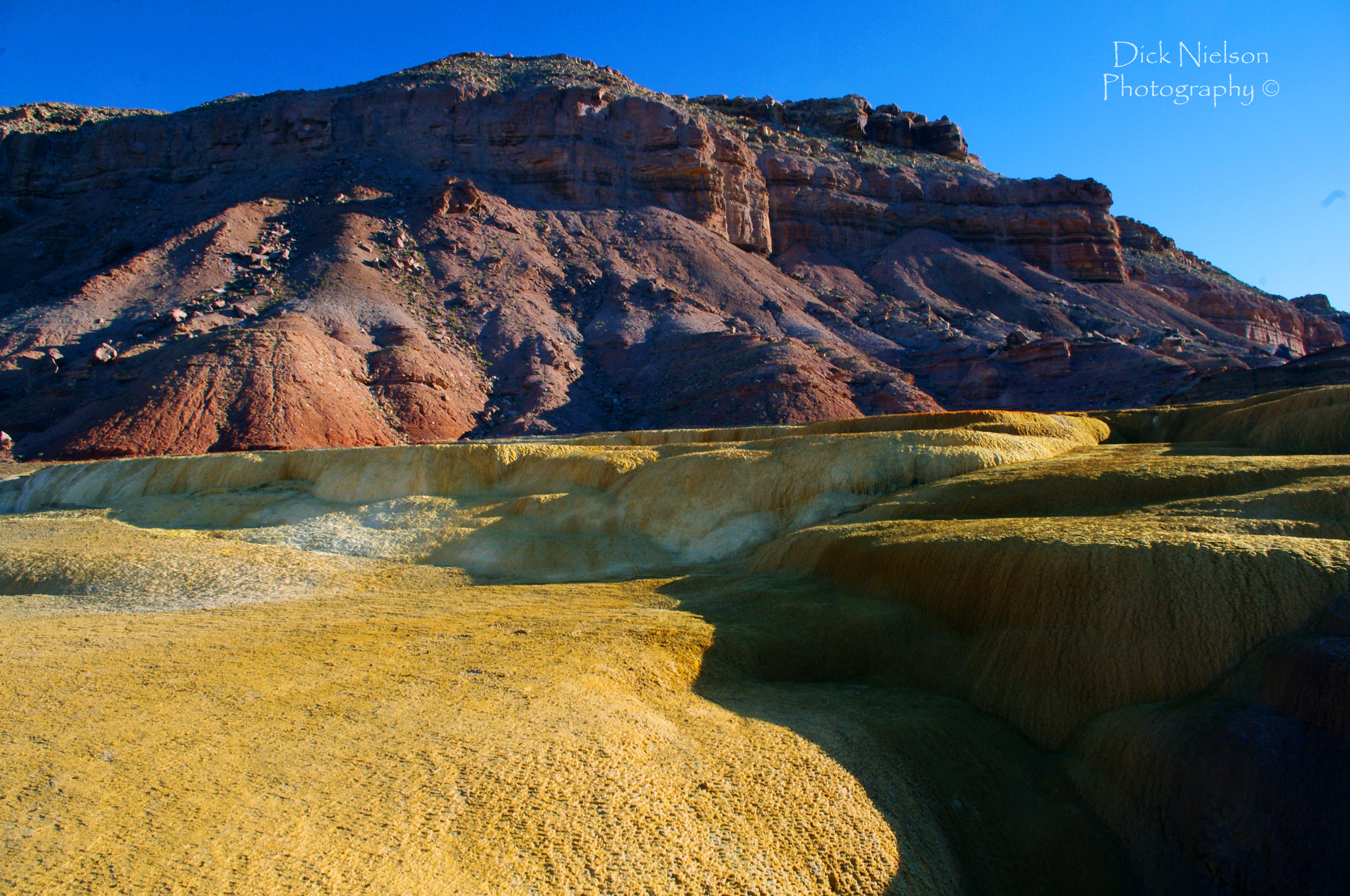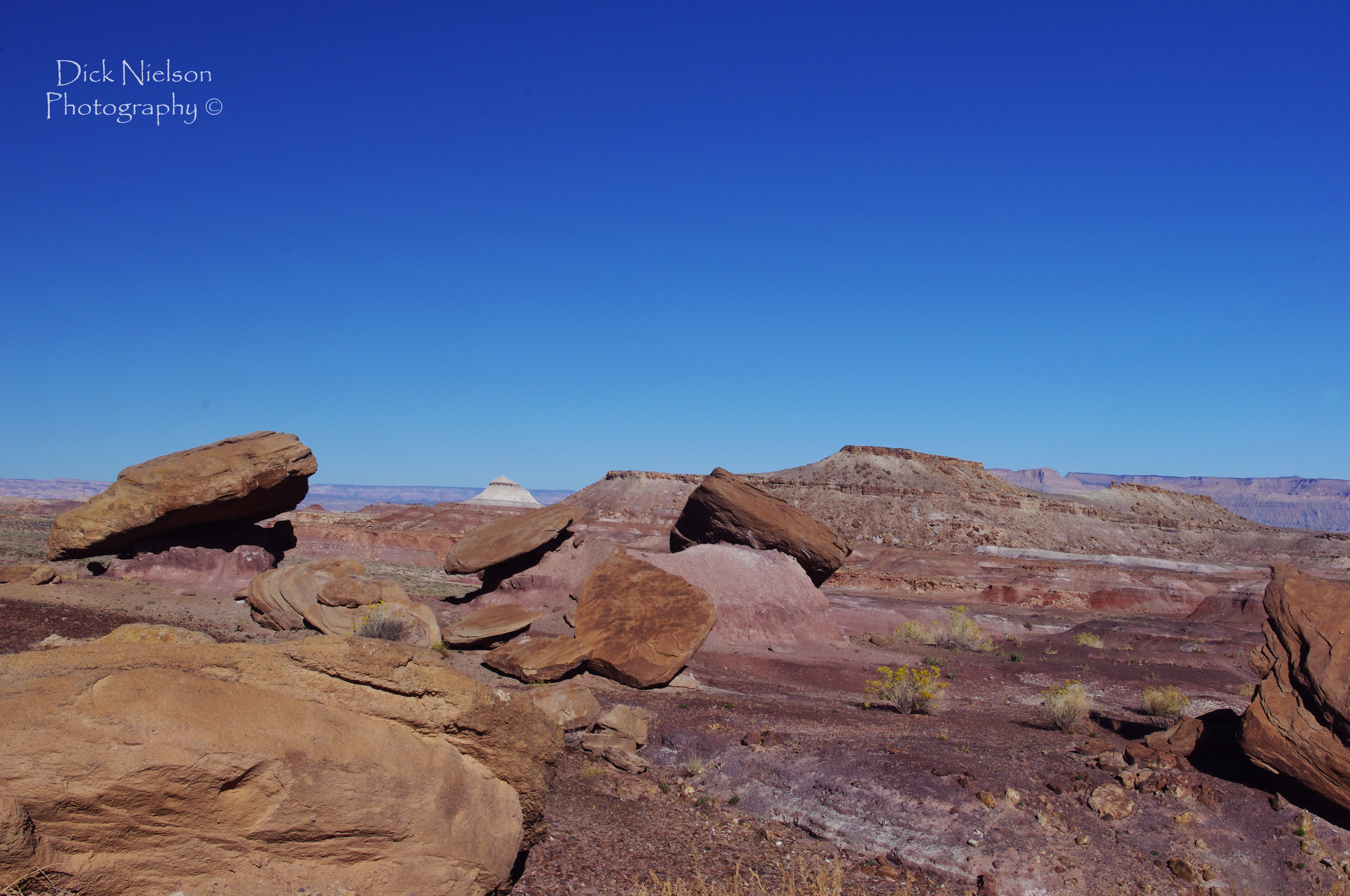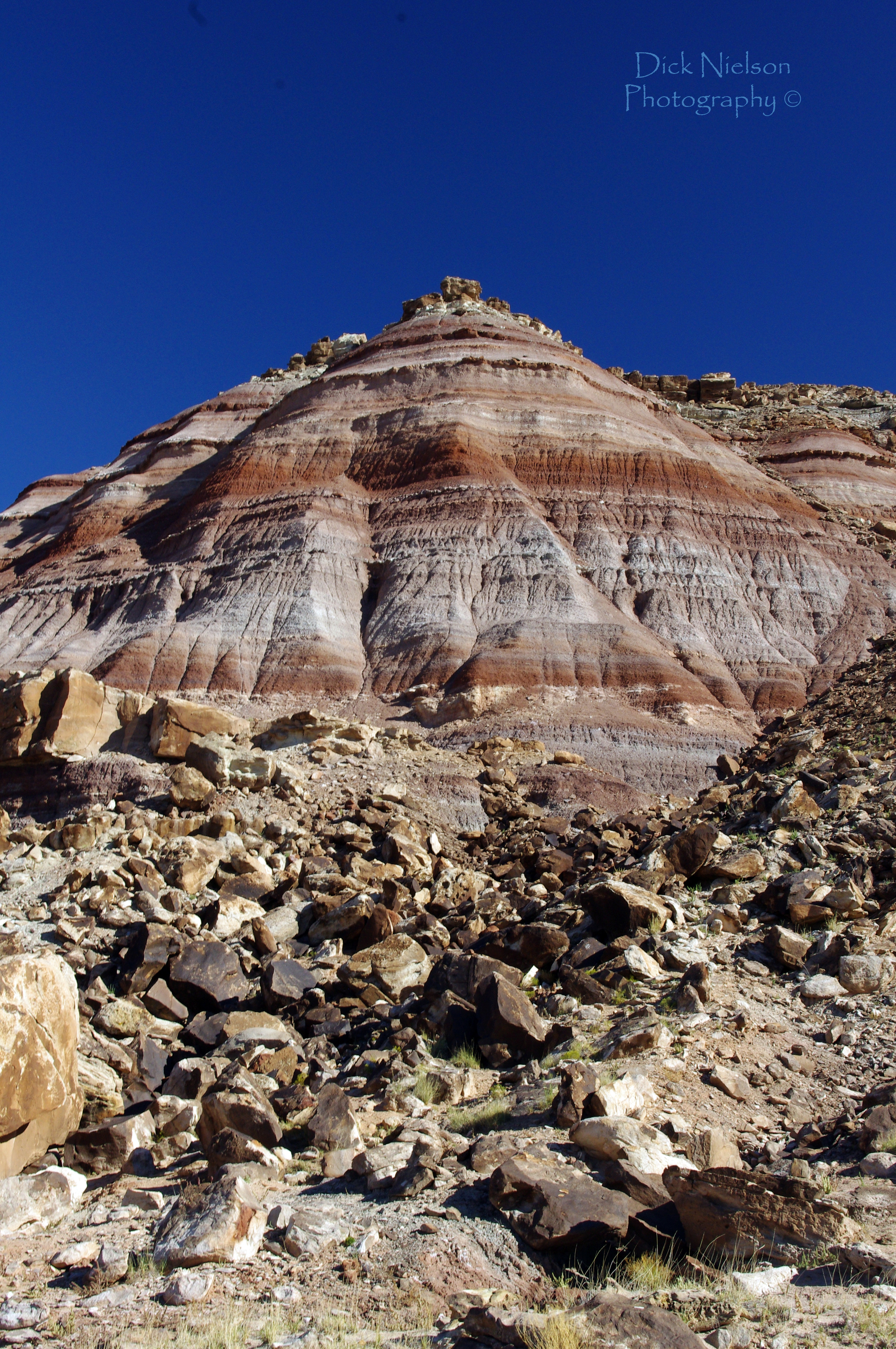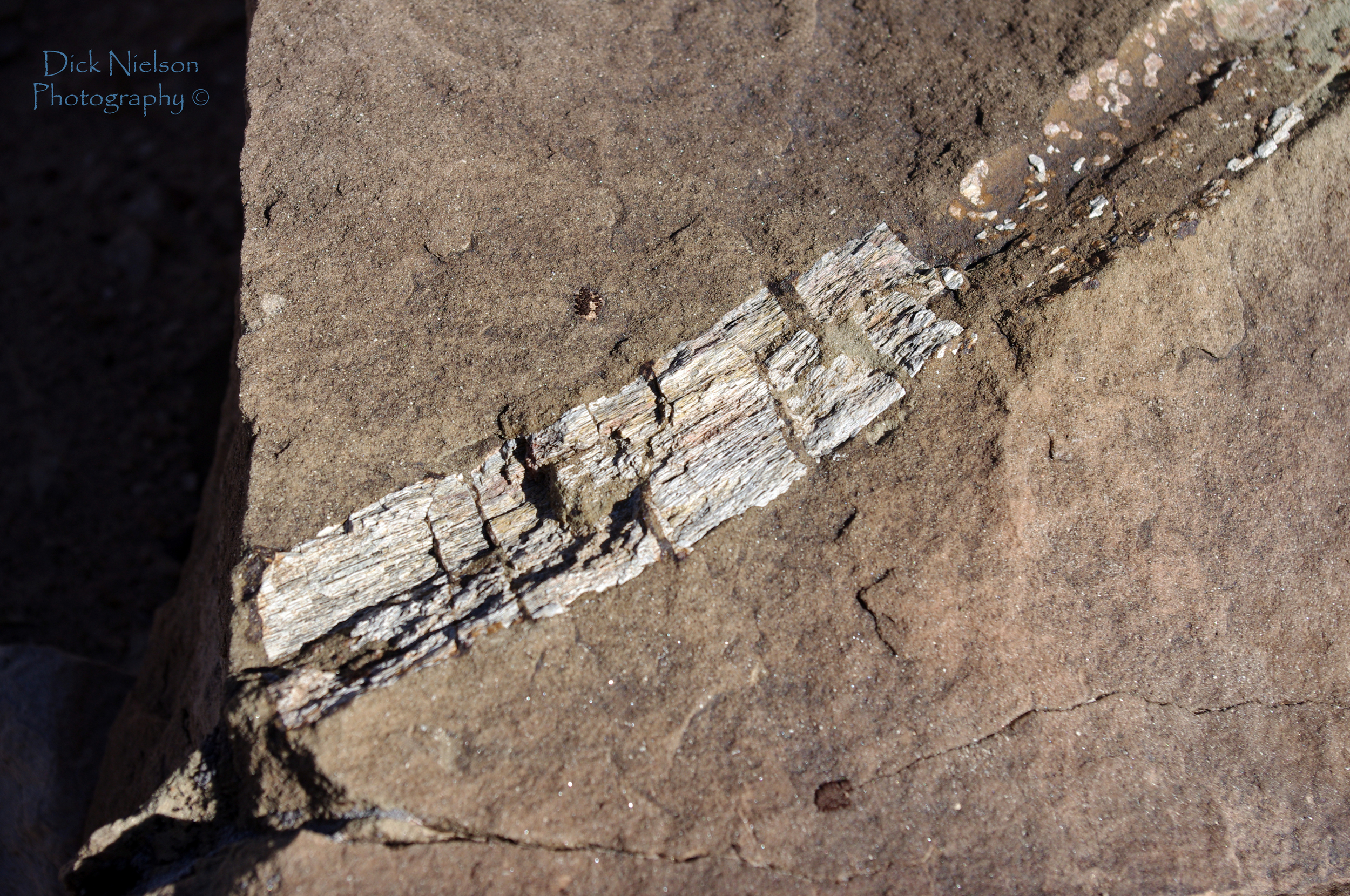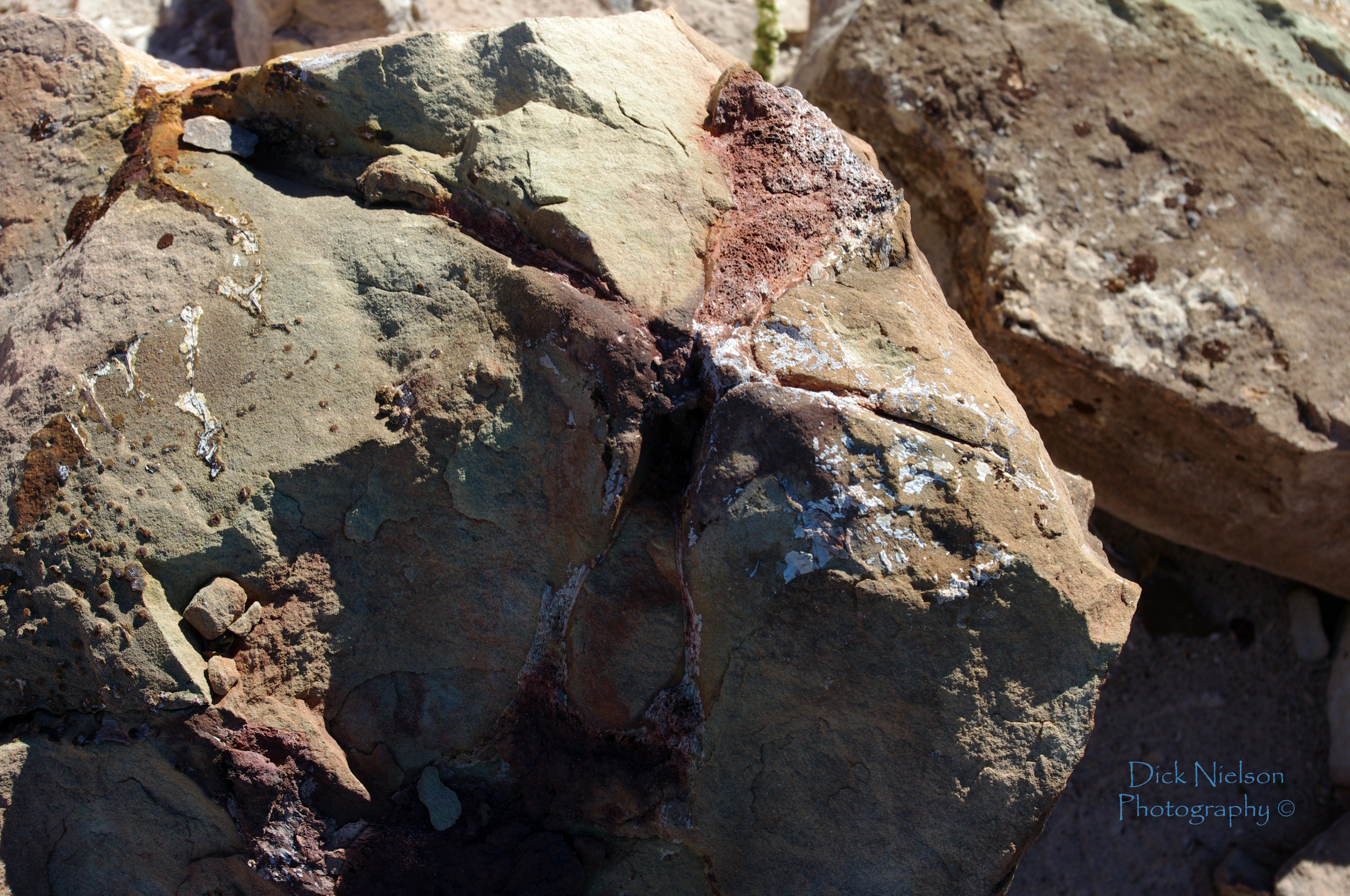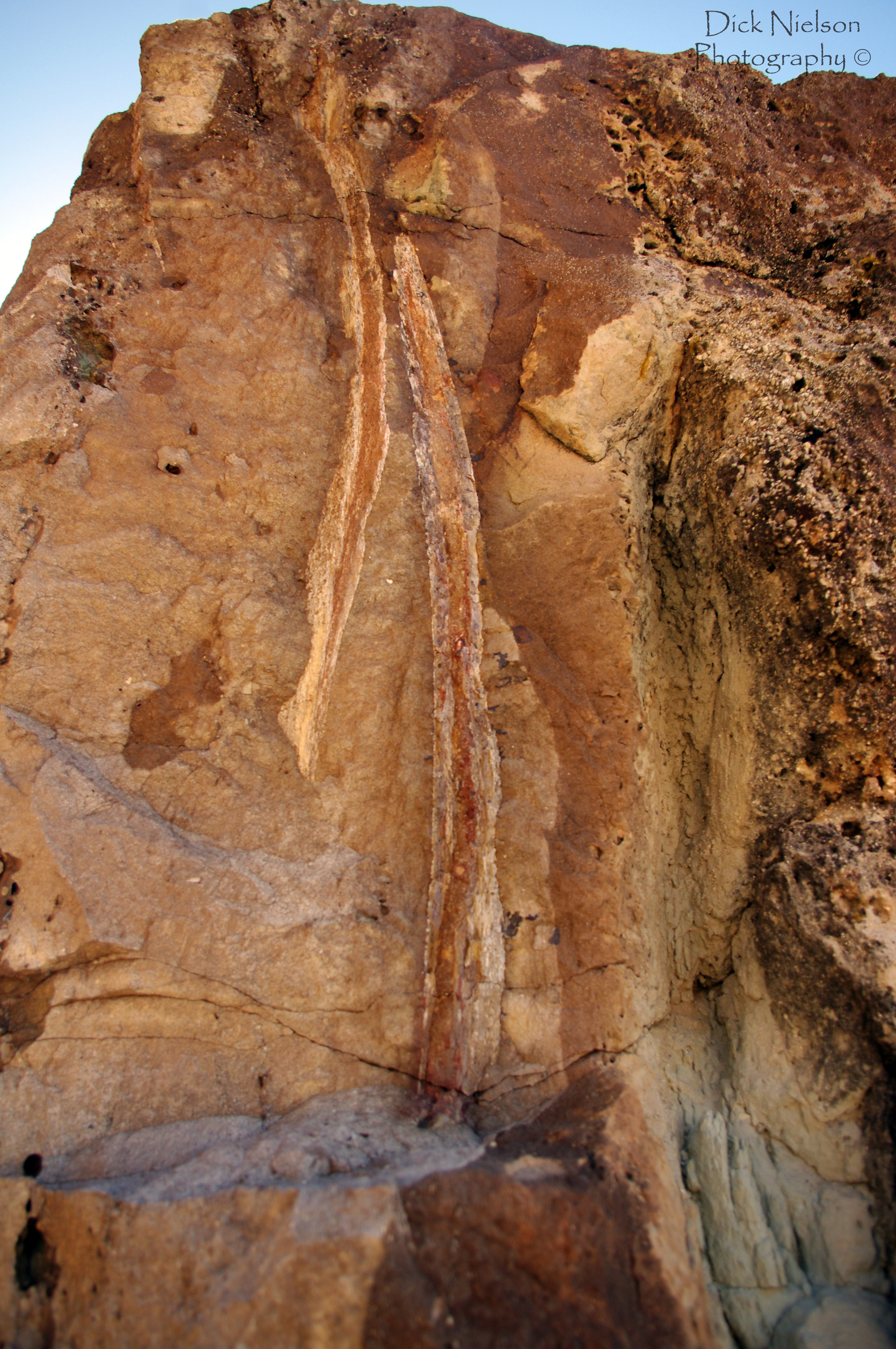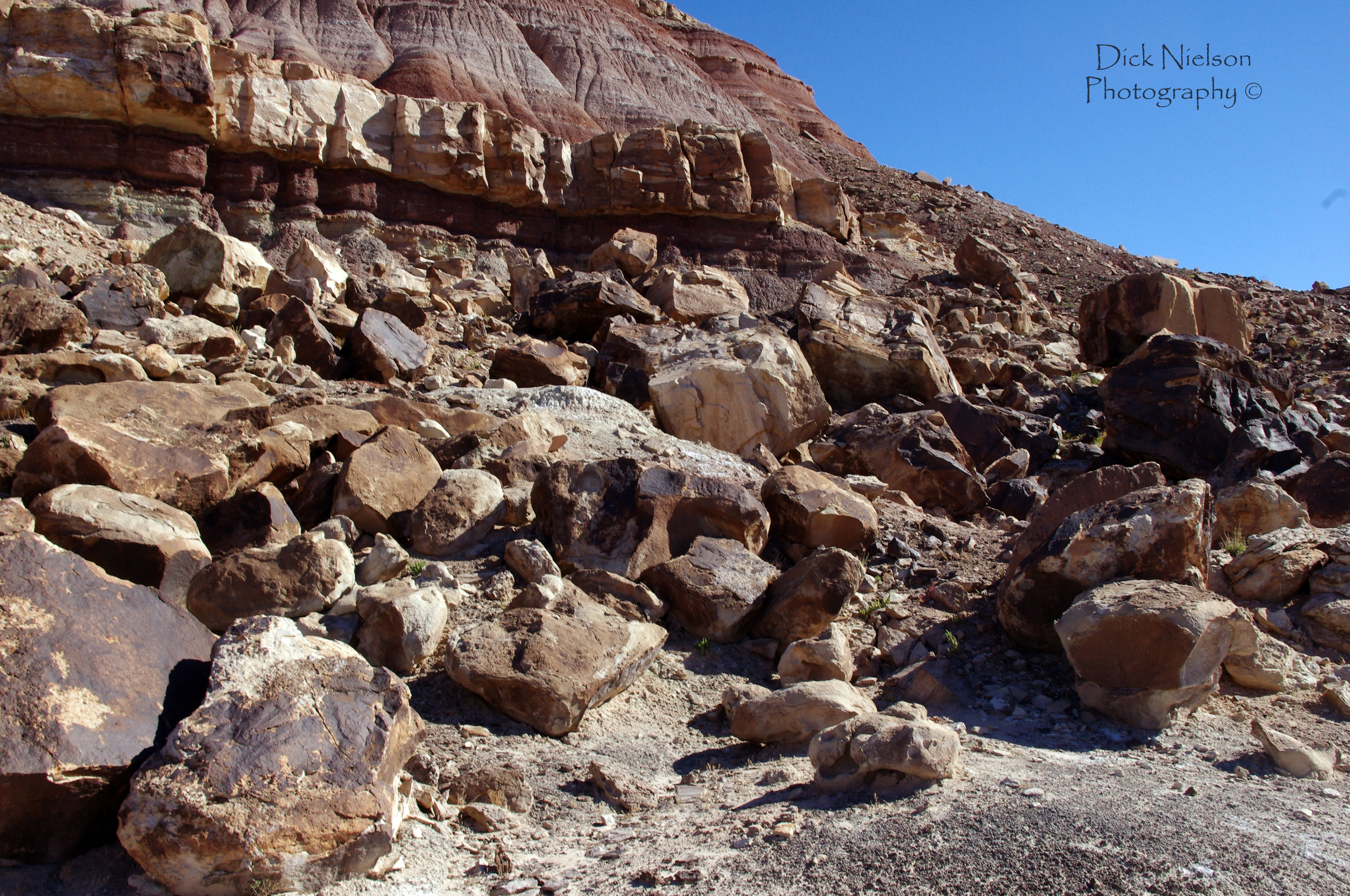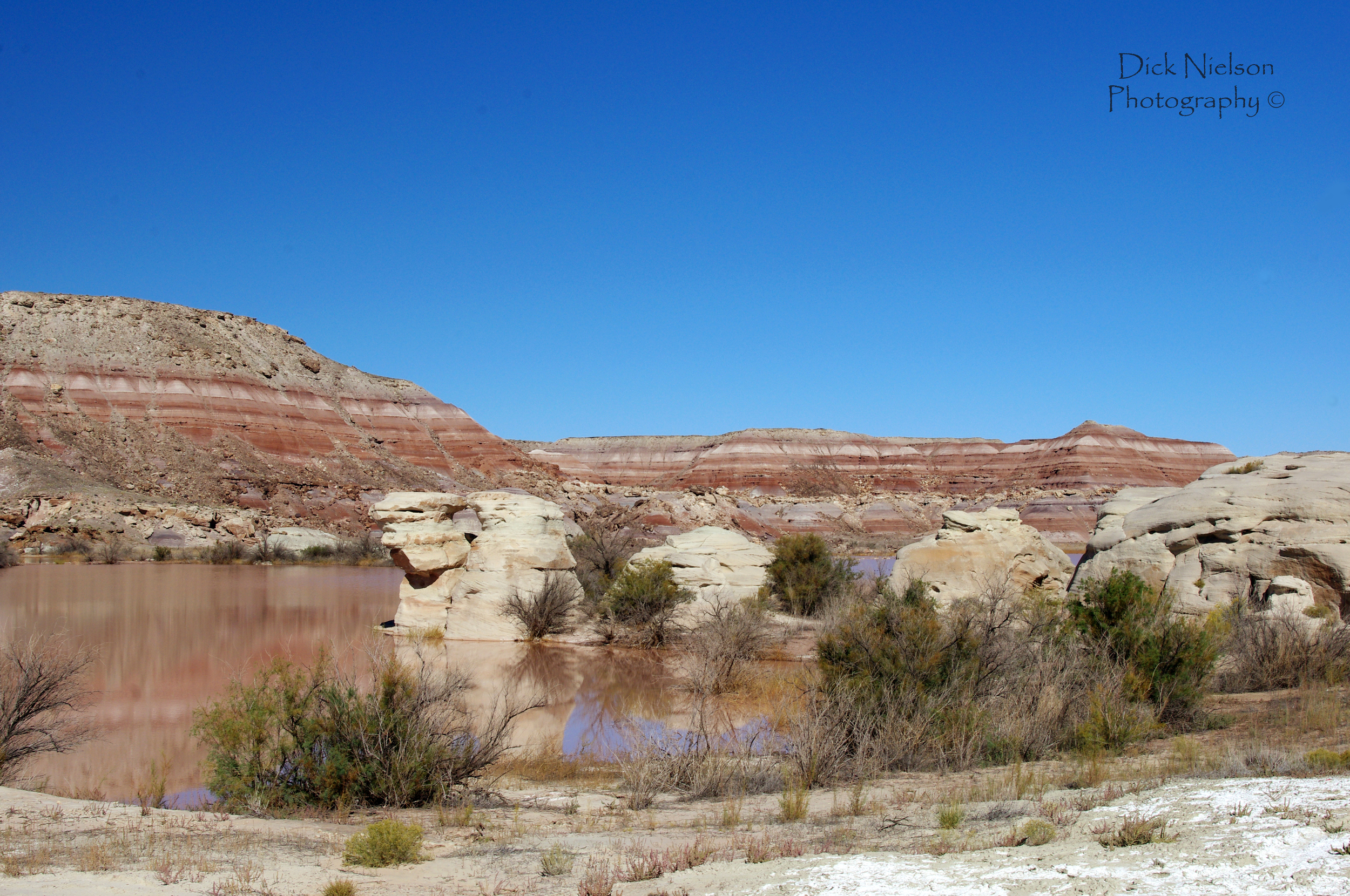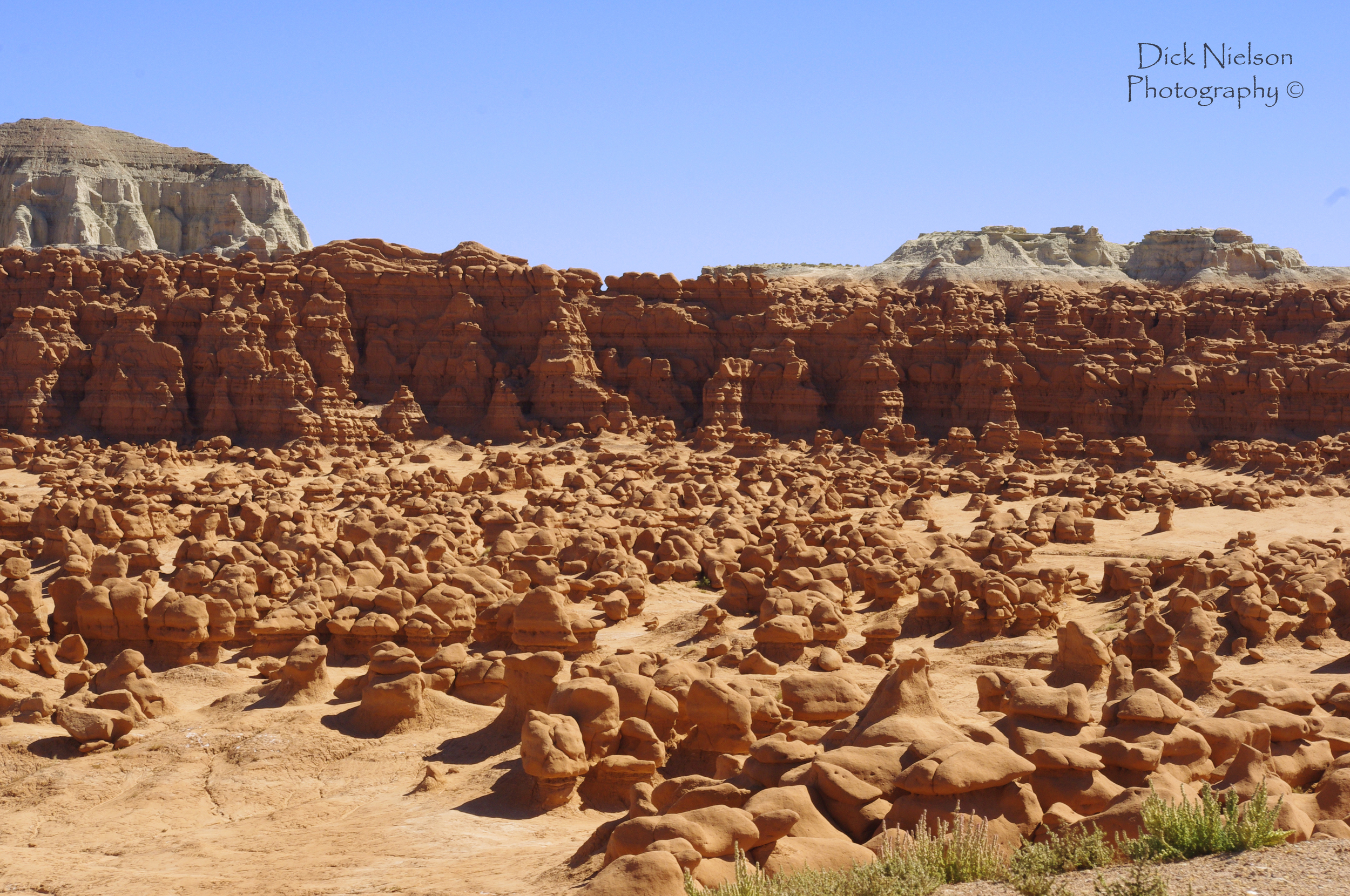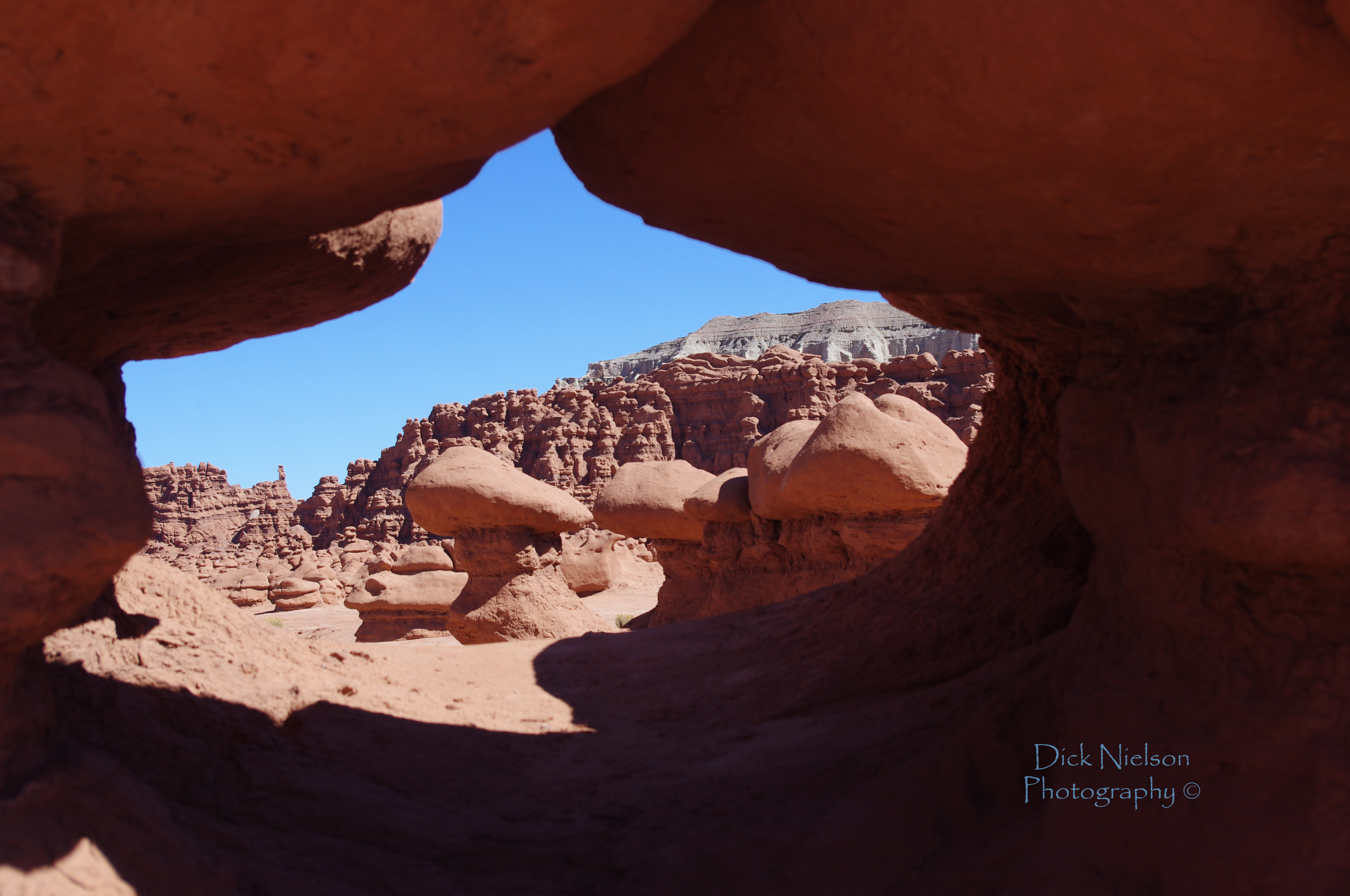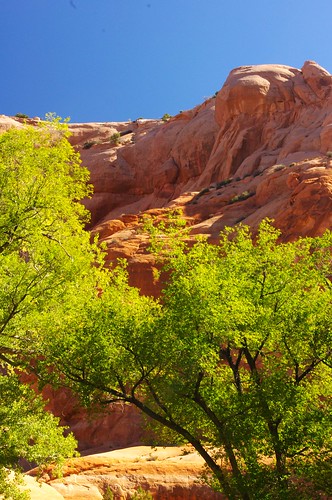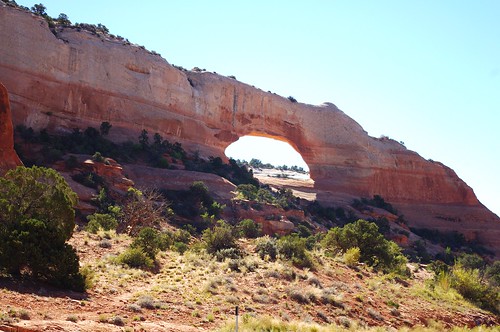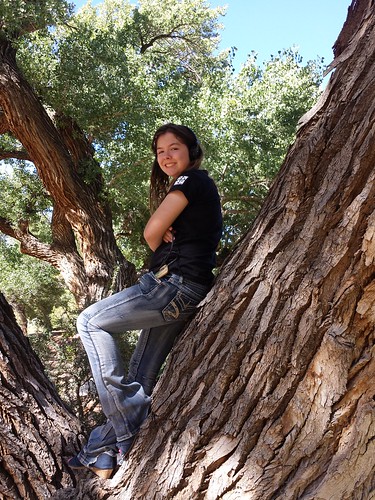How To Create A Memorable Earthcache, And Get It Published
In the beginning….
Creating an Earthcache can be daunting, and frustrating. A few seem to fly to publication quickly, while other drag along for months. I know of one that it a year old that is still in the process of getting listed, but I will toss more light on that in a bit. It can be incredibly rewarding, I get lots of photos, favorite points, and thanks from visitors from around the world that come to visit my Earthcaches. Yet the creation can be a hair pulling experience. I thought I would go over a few things step by step, and touch on what I see work, and what fails.
1 - Something Unique - Something Geological
First take the time for find something unique, and something that you would like to highlight. It is a very good idea to have it something that you know about, or can find more information about. remember to focus on the geology, not the history. I have sometimes found unique locations but have no idea about the geology I am trying to highlight. So I start my research with what I know and see.
Often people forget about looking at other Earthcaches around them. For example I find a great location about a geyser, and that would make a fantastic Earthcache. There does not appear to be another one within a kilometer. So I trudge ahead and toss something together. Yet, I am in Yellowstone National Park in the USA. There are a dozen Earthcaches on geysers within a a half hours drive. Remember that proximity for Earthcaches are different than standard cache types. We look to see if a similar one is nearby.
Sometimes we also think of the big picture. You know the big mountain, or the big river. We also see a number of great Earthcaches that highlight the very small. A particular vein in a stone outcropping, or seeing the small fossils can be as enlightening as a giant feature. Those working on larger visions are going to have far more problems. I can see a picture of the area on Google streetview, how do you not just get the answers without visiting. Often the mountain, or looking to the large valley is going to be harder than the smaller unique item.
2 - Permission
After I have an idea, I jump to getting permission. The rules governing this varies from area to area, and from country to country. So contact your reviewer. In the USA, generally you will be asked for permission from the land manager if you leave a highway. Walking trails, backcountry areas, wilderness, city parks, may all need permission. So plan on that.
I have had, and seen, a number of caches denied over the years. A few were in locations that had obsidian, or gems. Though rockhounders go there regularly to gather, the land managers did not want to highlight the locations and have denied permission. Another feature was asked to be removed because it was getting too much traffic. Land managers wanted to control it a little more. Even though it is a popular tourist site. So don’t assumer permission.
A special note on the National parks. “These locations are loved to death by visitors.” That is how a park ranger described it to me. If you want to put one out in a National Park in the USA you will need permission. Include the reviewer in the emails, and/or give him a copy with all the permissions. Those land managers want to make sure that educational material is correct, and that they are not in a location that may cause extra traffic or damage.
Often when approaching a land manager I will pull up nearby Earthcaches. I will share with them my ideas, cache content, location, and ask them for input. I see how many visitors nearby Earthcaches get in a year, then let them know what that number is. Usually I see 10-15 visitors a year at my Earthcache locations. That number can make them feel better. Sometimes they fear social media, It highlights locations, then hundreds of people are drawn to a site to a site that they do not have a management plan for.
3 - The Information Hunt and Selection
There are many books, websites, and people that can help you out. take advantage of what you can. Usually I end up with a pile of information on some caches. On a cache I did on a natural arch I had many options. I gathered info on how arches form, the different types, the sandstone that makes up different layers in the arch, how it eroded, what it may have looked like in years past, rates of erosion, how hard/soft some of the sandstones are.
All of this information I gather and look at. Sometimes I do not have much information, or at least I do not have much information on topics that I know much about. So if i cannot gather more info, I sit down and think what makes the best teaching experience at the site.
I also try to focus on one thing. Don’t turn this into a masters thesis on the creation, evolution, erosion, mass wasting, faulting, and future prospects of the location. Select one thing. Simpler is better. Educate on that one thing.
4 -Writing it all up
I usually start with my questions. I put them at the top. Often they are not very good at this point, however I get them written out. They are my goal. What I need to educate to get it published. If my tasks are on identifying granite, I could write on how granite resists weathering, but why? It is not part of my questions. I will sometimes make a note of an alternate question if one does not work, but mostly I go with it. I can focus my write up on what is between my goalposts, There may be a ton of neat history, or other geology, but the biggest complaint I hear about Earthcaches is that some are school reports 20,000 words long.
Keep it simple. Remember this is not your college geology term paper. Try and explain it to a 13 year old. Enough that they understand, but you do not need to get into particle physics (usually, unless that is what you are doing it on). Also if you focus on the history, your reviewer will roll their eyes. History is not part of the Earthcache program.
Make you think
Asks open ended questions. Why do you think…. How did this stone…. Is the wear even across…..
Is focused on one subject.
Bad logging tasks
Asks elevation, names, direction, or something else I can just get off a map
Asks a pointless counting question. like How many boulders are here?
Words off sign. The lake is _______ years old.
Bounce between different subjects.
5 - Review your logging tasks one more time.
Then i look through my logging tasks again. One last time to make sure I am not missing anything. Try and think how others will react when they read these. If you make them too complicated they might chase people away. However they should not be solvable without visiting the site.
A thought on photos. The Earthcache reviewers now let you place a photograph if the logging tasks are good. It is only there to prevent cheaters. So you still must have the logging tasks that are good without the photo. I have added a photo on some of my most heavily visited Earthcache because a few people have shared the answers. This lets me proove that they were actually there, instead of combing through their find history.
6 - Sit Back and Breath.
Stop for a moment and walk away. Come back the next day and look at it.
Do you have permission
Do your logging tasks focus on geology and something unique
Can I answer the questions without visiting the site. This can be a killer. Is the entire cache answerable from google streetview? or sometimes people give the answers in the cache page.
Did I attribute science info on my page
Then… hit the submit button.




